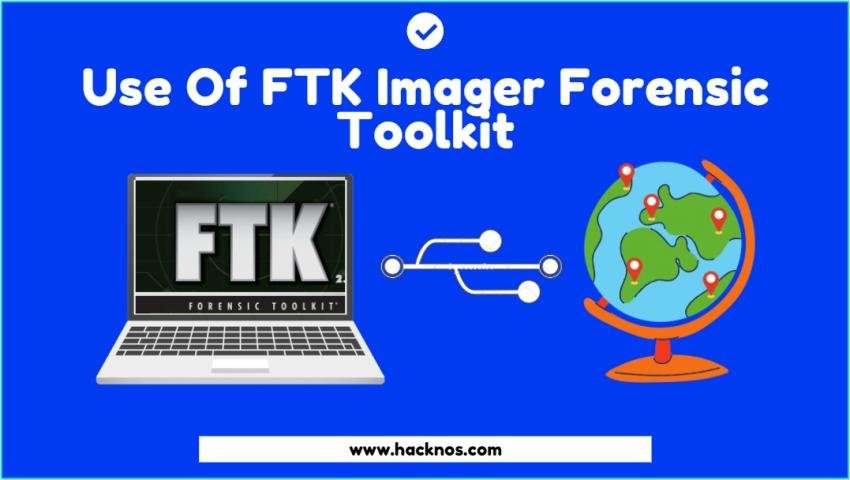
Autopsy vs EnCase vs FTK: Comparing the Best Forensic Tools in 2025
Facing the forensic tool decision in 2025? We break down the titans: the open-source champion Autopsy vs. the commercial powerhouses EnCase Forensic and FTK. Find out which is right for your agency's needs and budget.
The digital forensic landscape in 2025 is more complex than ever. With data sprawl across cloud environments, IoT devices, and encrypted everything, the choice of your primary forensic suite is a critical decision. For decades, the debate has centered on three giants: the open-source Autopsy and the commercial behemoths OpenText EnCase Forensic and Exterro FTK.
But which one is right for your lab in 2025? This isn't about finding a single "best" tool, but the best tool for you . We'll compare them across key categories to help you decide.
The Contenders at a Glance
| Feature | Autopsy | EnCase Forensic | FTK (Forensic Toolkit) |
|---|---|---|---|
| Cost | Free & Open-Source | Commercial (High Cost) | Commercial (High Cost) |
| Primary Strength | Accessibility, Customization | Reliability, Scripting | Speed, Centralized Processing |
| Learning Curve | Moderate | Steep | Moderate to Steep |
| 2025 Focus | Strong community development | Cloud & Enterprise integration | FTK Central for scalability |
Deep Dive Comparison
1. Cost & Licensing: The Bottom Line
Autopsy: The undeniable winner on price. It is completely free to download and use. This makes it accessible for individual consultants, students, and agencies with razor-thin budgets. There are no licensing fees, making scaling up effortless.
EnCase & FTK: Both are significant investments. They operate on annual subscription models that can run into thousands of dollars per license. This cost includes support, updates, and training credits. The price is justified by their advanced features, enterprise support, and regular updates for new artifacts and technologies.
Winner for Budget: Autopsy
2. Core Forensic Capabilities (Disk Imaging, File Analysis)
All three tools can perform the fundamental tasks of digital forensics: creating forensic images, analyzing file systems, recovering deleted files, and generating reports.
Autopsy: Powered by The Sleuth Kit, its core capabilities are robust and reliable. It handles common file systems (NTFS, FAT, EXT, APFS) with ease and includes essential data carving and keyword searching.
EnCase: Long considered the "gold standard," EnCase's strength lies in its depth and proven reliability in court. Its evidence locker structure and thorough auditing trail are legendary.
FTK: Known for its blistering processing speed, especially when paired with its dedicated database engine. It can index and hash a drive incredibly quickly, allowing investigators to get to the analysis phase faster.
Winner for Raw Processing Speed: FTK
Winner for Court-Proven Reliability: EnCase
3. User Interface & Ease of Use
Autopsy: Features a clean, single-pane interface that is intuitive for newcomers. Its modular design allows you to enable or disable features as needed, reducing clutter. It’s widely considered the most beginner-friendly.
EnCase: Has a classic, multi-paned interface that can feel dated and complex to learn. However, this complexity offers unparalleled control for power users. Its scripting language (EnScript) is incredibly powerful but has a steep learning curve.
FTK: Strikes a balance between the two. Its interface is modern and tab-based, making it easier to navigate multiple tasks than EnCase. It is generally considered more intuitive than EnCase but more complex than Autopsy.
Winner for Usability: Autopsy
Winner for Power-User Control: EnCase
4. Advanced Features & 2025 Relevance
This is where the commercial tools justify their price tags.
Cloud Forensics: Both EnCase and FTK have invested heavily in integrated cloud collection and analysis from platforms like Microsoft 365, Google Workspace, and AWS. Autopsy relies on third-party tools to acquire cloud data before analysis.
Mobile Forensics: FTK has strong integrated mobile logical and physical analysis. EnCase requires a separate module (EnCase Mobile) for advanced mobile extraction. Autopsy has basic support for Android and iOS backups but lacks deep device integration.
Automation & Scalability: FTK's FTK Central is a game-changer for labs. It allows you to set up a distributed processing environment, handing off intensive tasks to dedicated servers and allowing multiple examiners to work on cases simultaneously. EnCase has similar enterprise capabilities through EnCase Enterprise. Autopsy is largely a single-workstation tool, though cases can be shared manually.
Scripting & Customization: Autopsy allows for custom modules written in Python and Java, offering immense flexibility for the coding investigator. EnCase uses its powerful EnScript language. FTK uses a more accessible but less deep system of custom filters and scripts.
Winner for Enterprise Scalability: FTK Central
Winner for Deep Customization: Autopsy & EnCase (tie)
5. Support & Community
Autopsy: Support is community-driven through forums and documentation. You rely on the knowledge of other users. While generally excellent, it lacks a guaranteed SLA for critical issues.
EnCase & FTK: Your subscription fee buys you direct, professional technical support, guaranteed response times, and formal training programs. This is crucial for time-sensitive cases and ensuring your examiners are certified.
Winner for Professional Support: EnCase & FTK
The Verdict: Which Tool Should You Choose in 2025?
Choose Autopsy if:
You are an individual, a student, or a small agency with a limited budget.
You value transparency and the ability to customize your toolset with code.
Your cases primarily involve traditional disk forensics and common artifacts.
Choose EnCase Forensic if:
Your work is in a large enterprise or law enforcement environment where its court-proven track record is paramount.
You need to integrate forensics into a larger incident response or e-discovery workflow.
You have complex needs that benefit from the deep power of EnScript.
Choose FTK if:
Speed and efficiency are your top priorities for high-volume cases.
You operate in a lab environment and need the scalable, multi-examiner power of FTK Central.
You want a strong balance of a modern interface, powerful features, and integrated mobile forensics.
The Modern Examiner Uses More Than One
The most skilled examiners in 2025 don't swear allegiance to a single tool. The best practice is to use a primary tool for your bulk analysis and then validate your critical findings with a second tool. An examiner might process a drive in FTK for speed, but then use Autopsy to verify a specific artifact or use a Volatility script against a memory dump. This multi-tool approach ensures the highest level of accuracy and credibility in your findings.
Ultimately, the best tool is the one that fits your workflow, budget, and case requirements, enabling you to uncover the truth hidden in the data.
Mrityunjay Singh
Leave a comment
Your email address will not be published. Required fields are marked *

